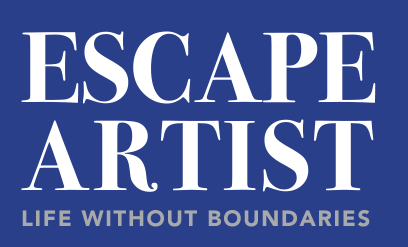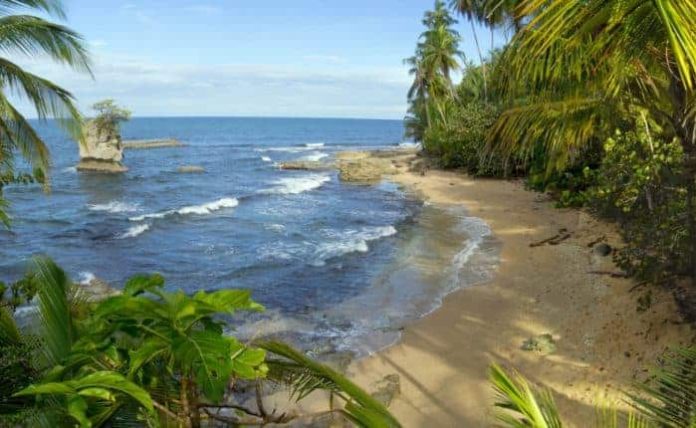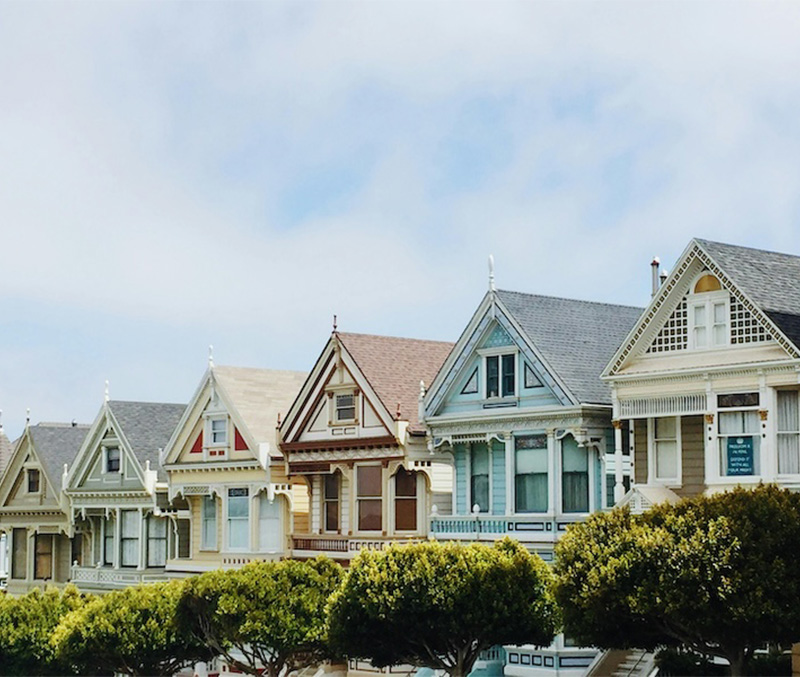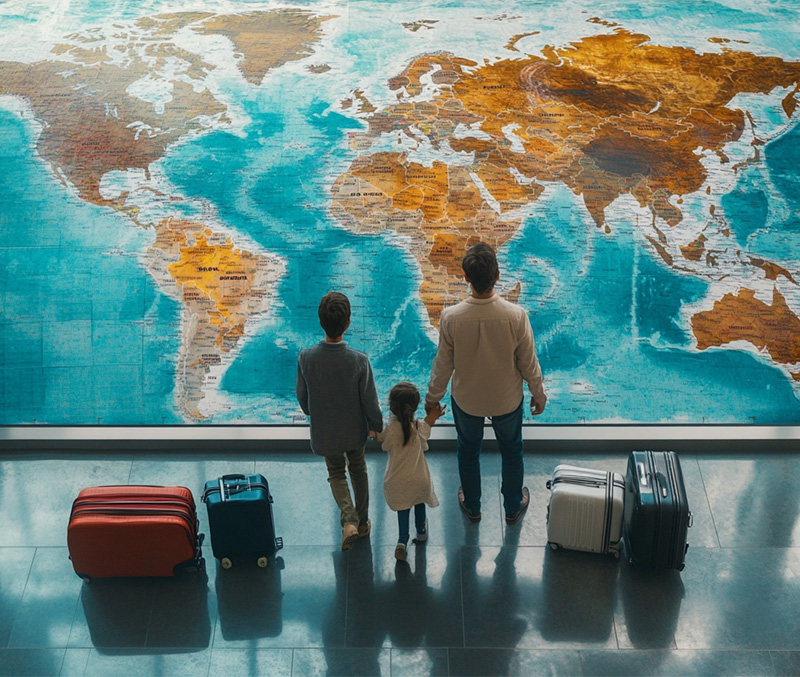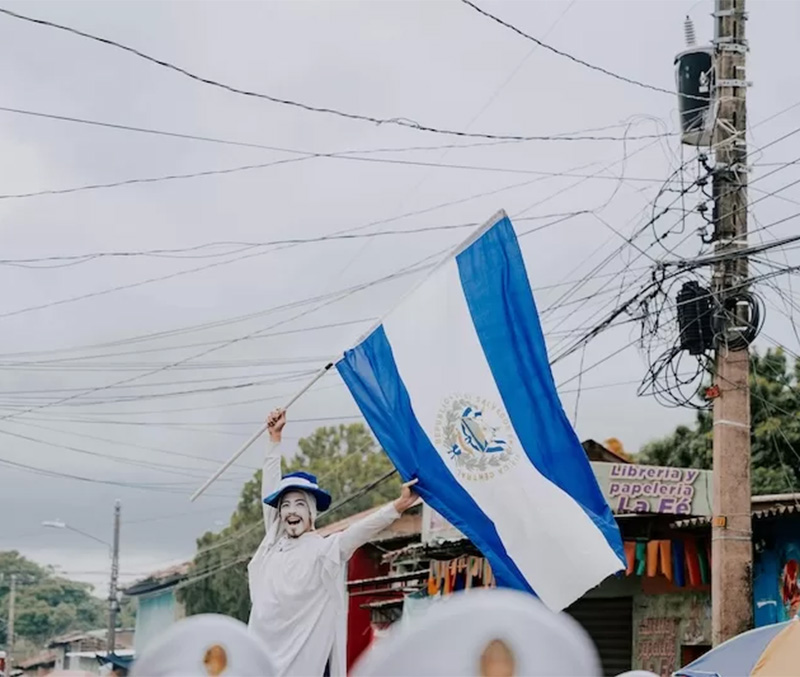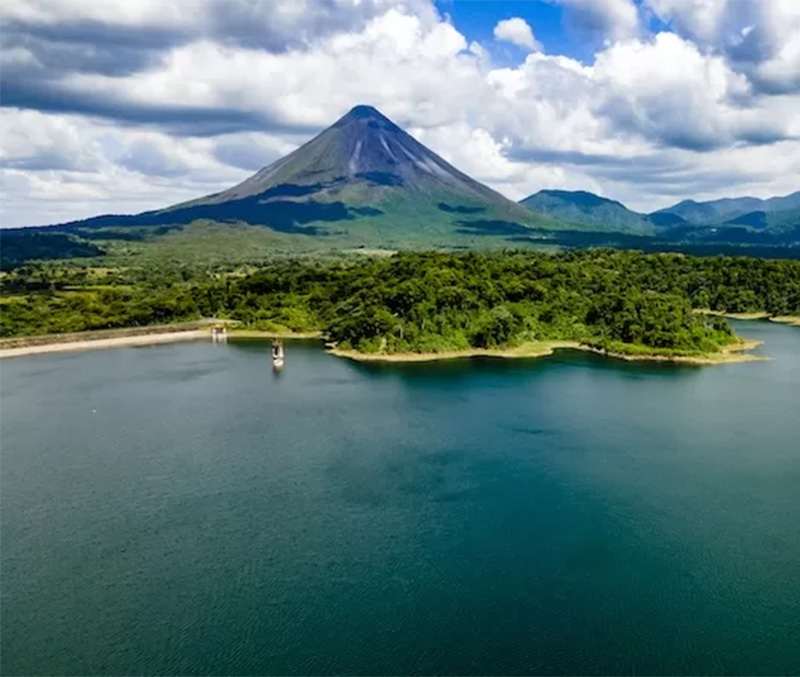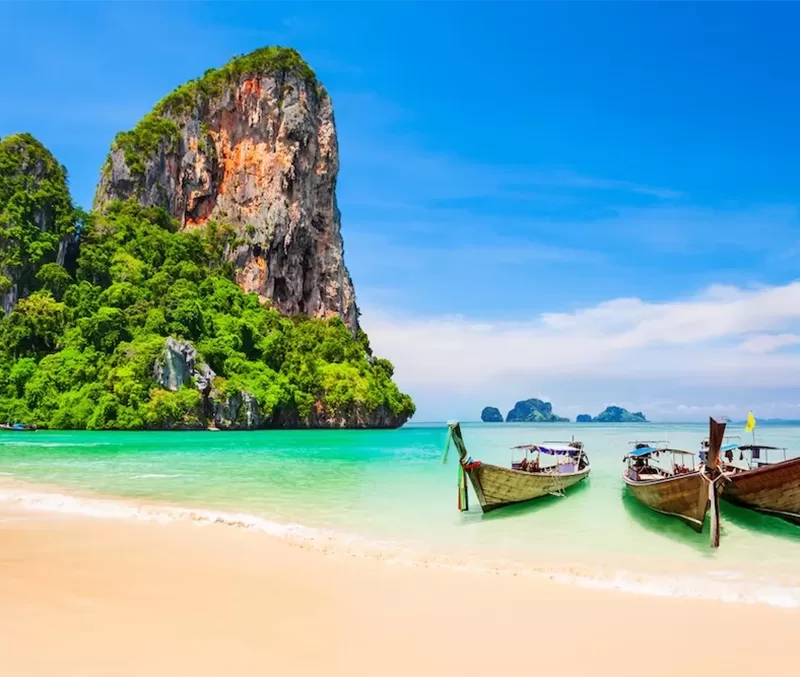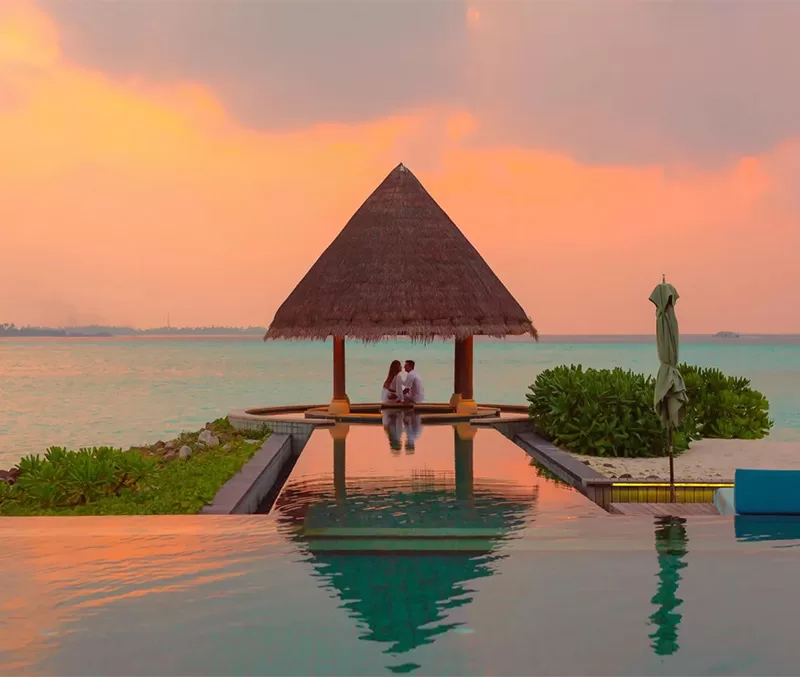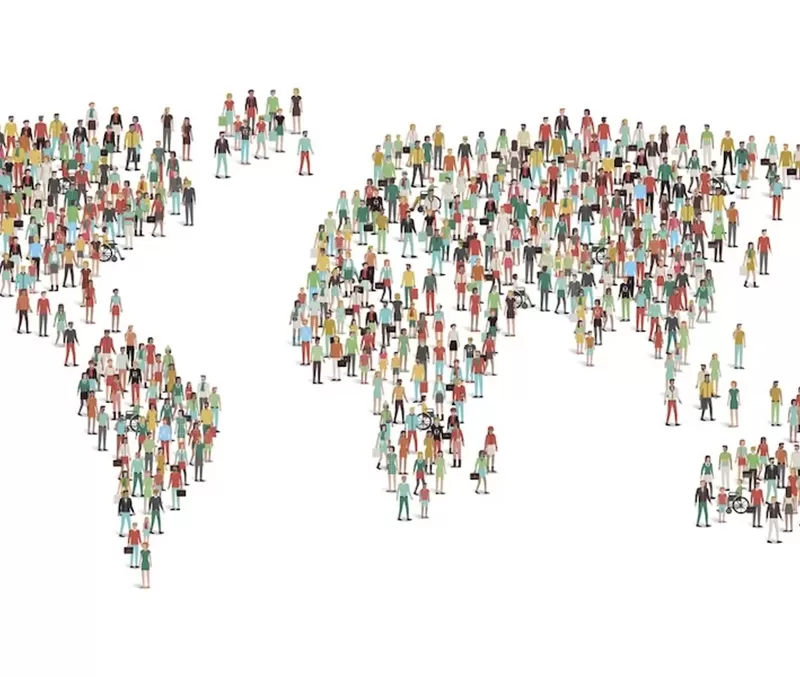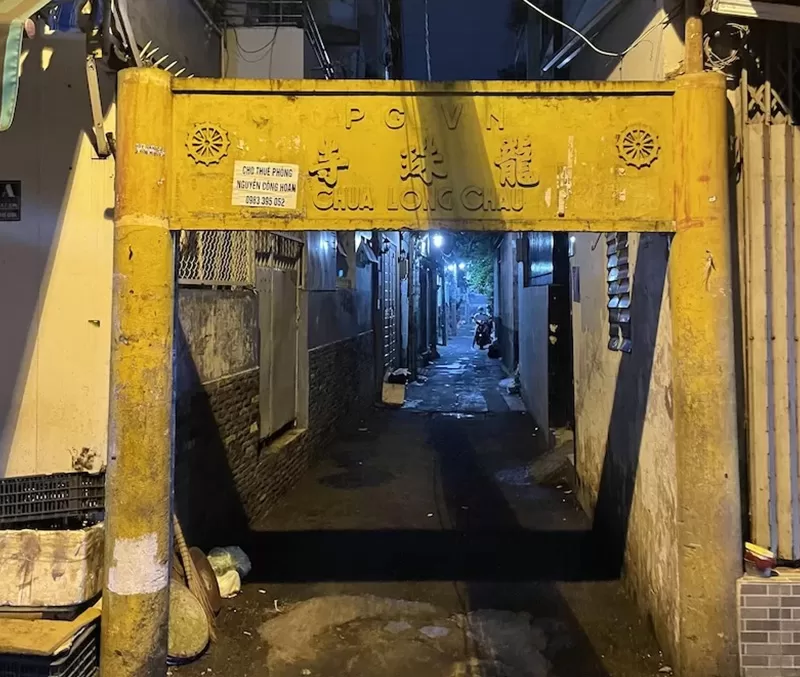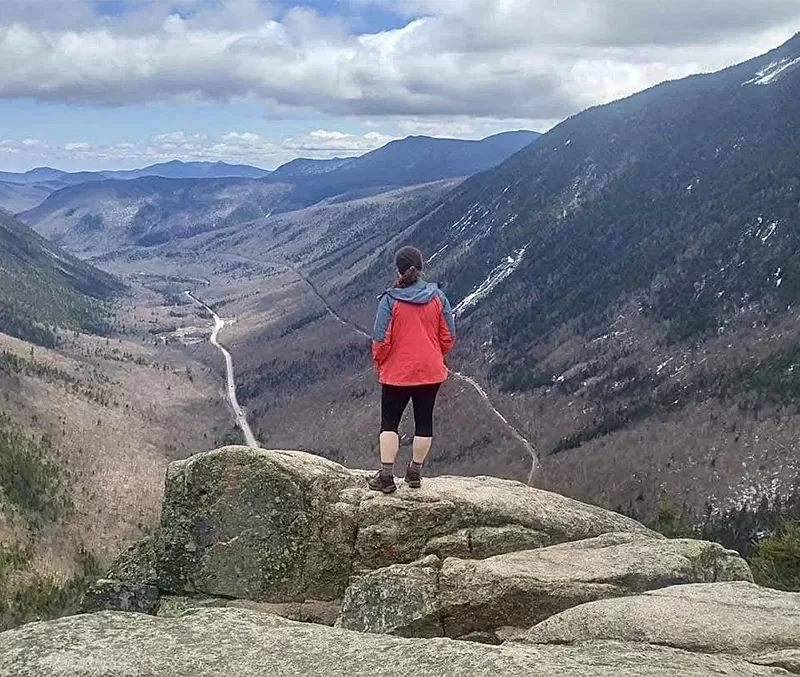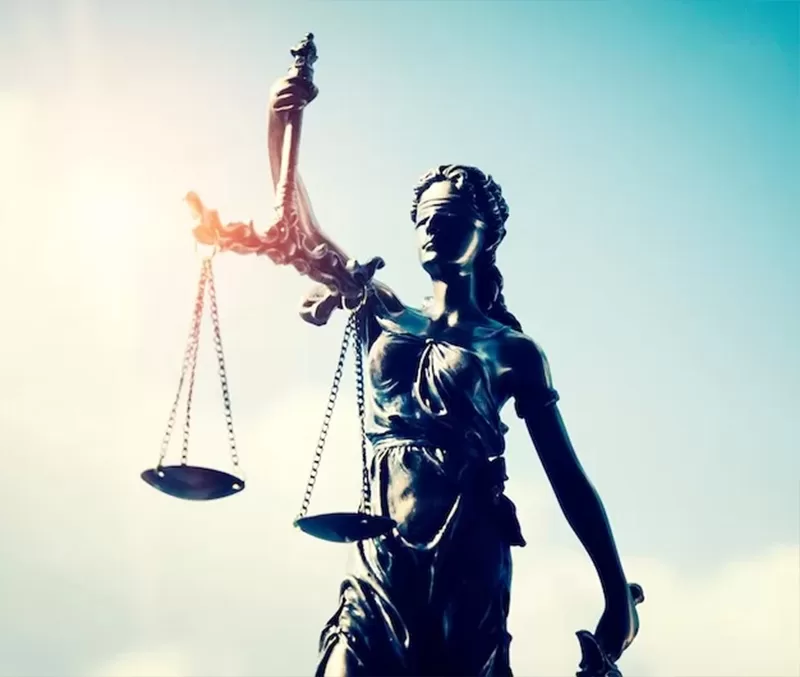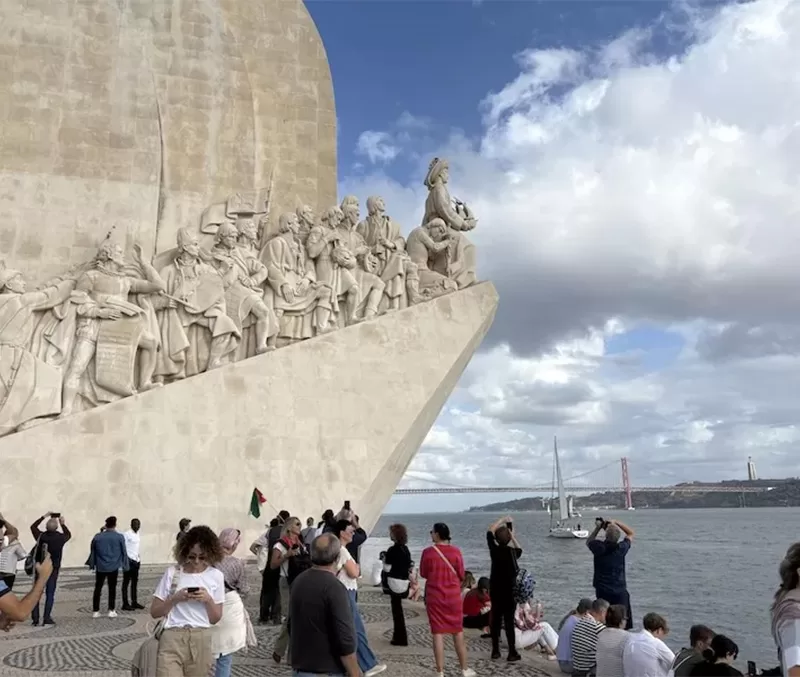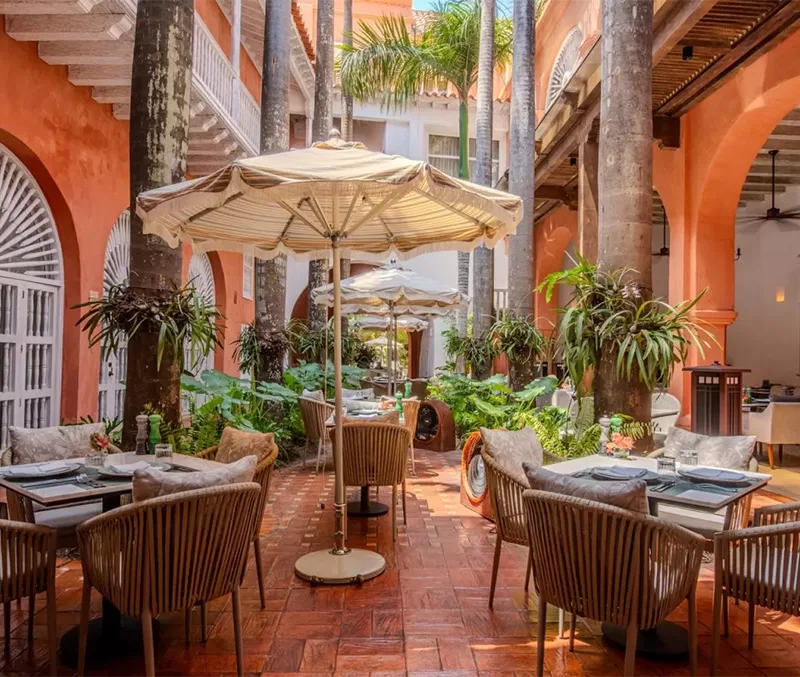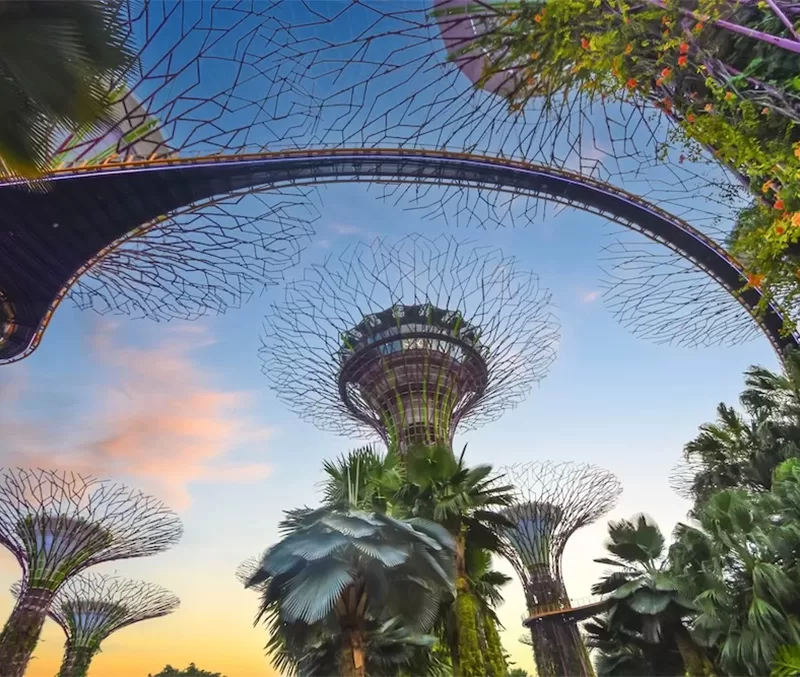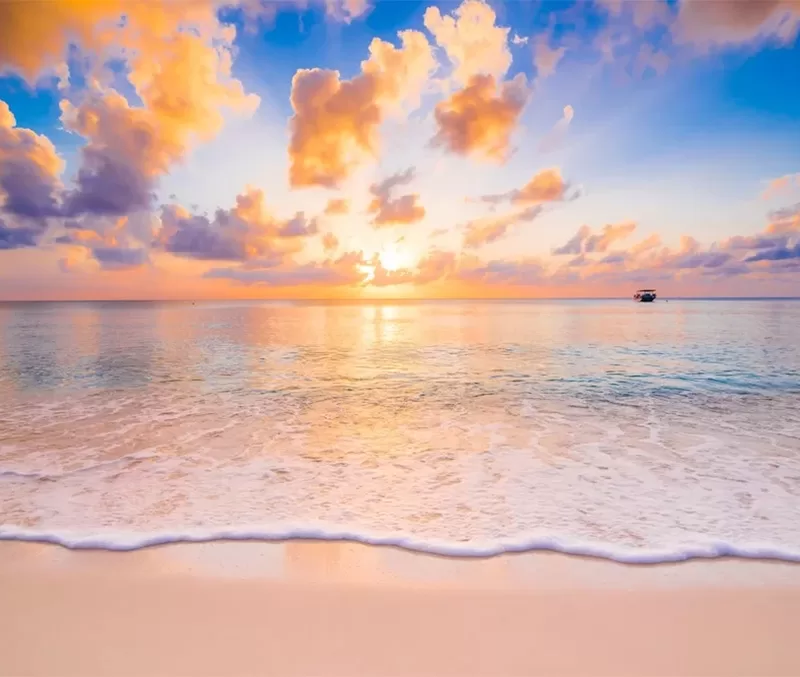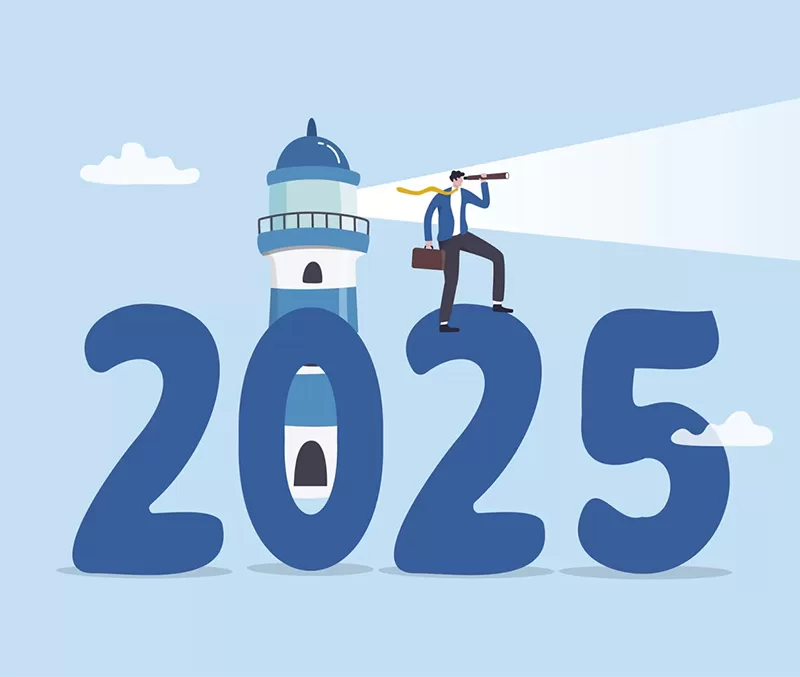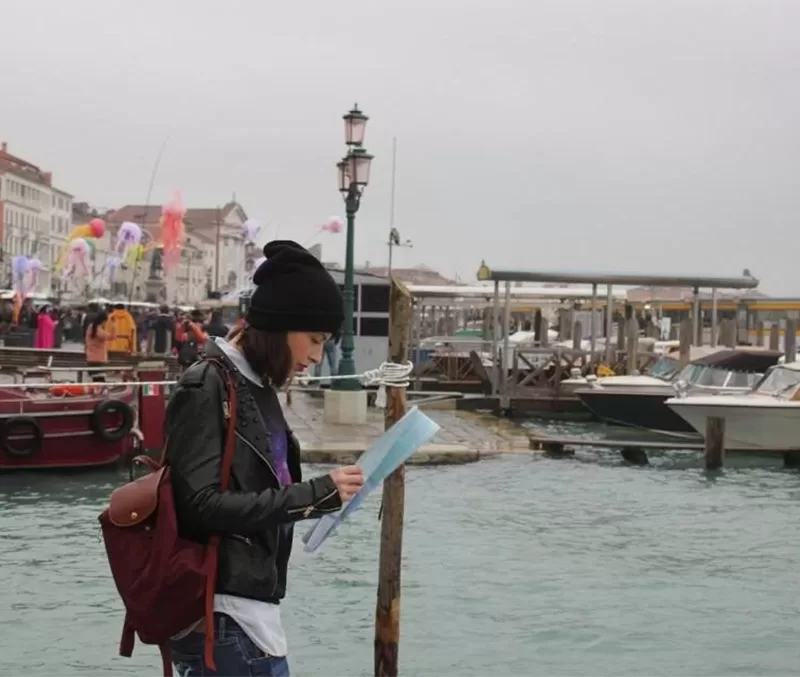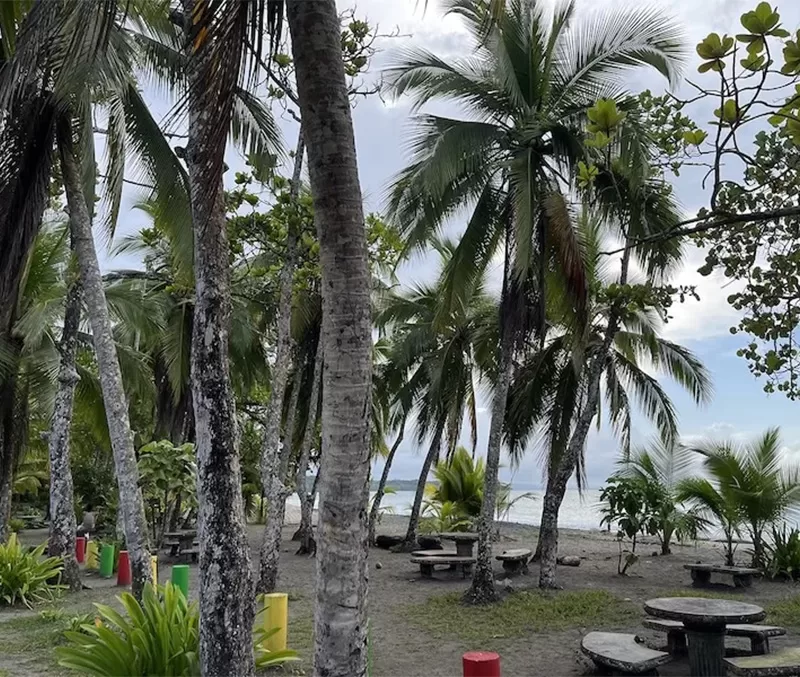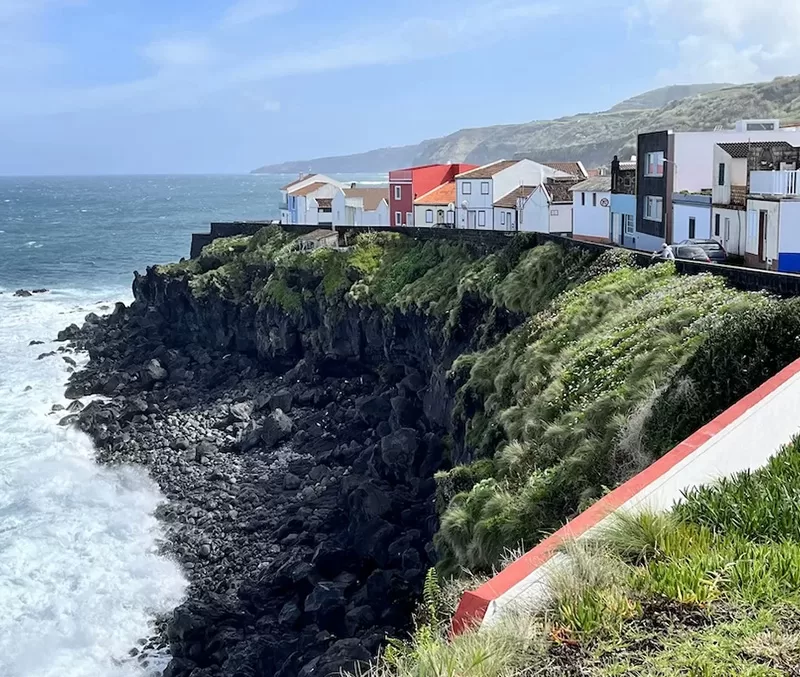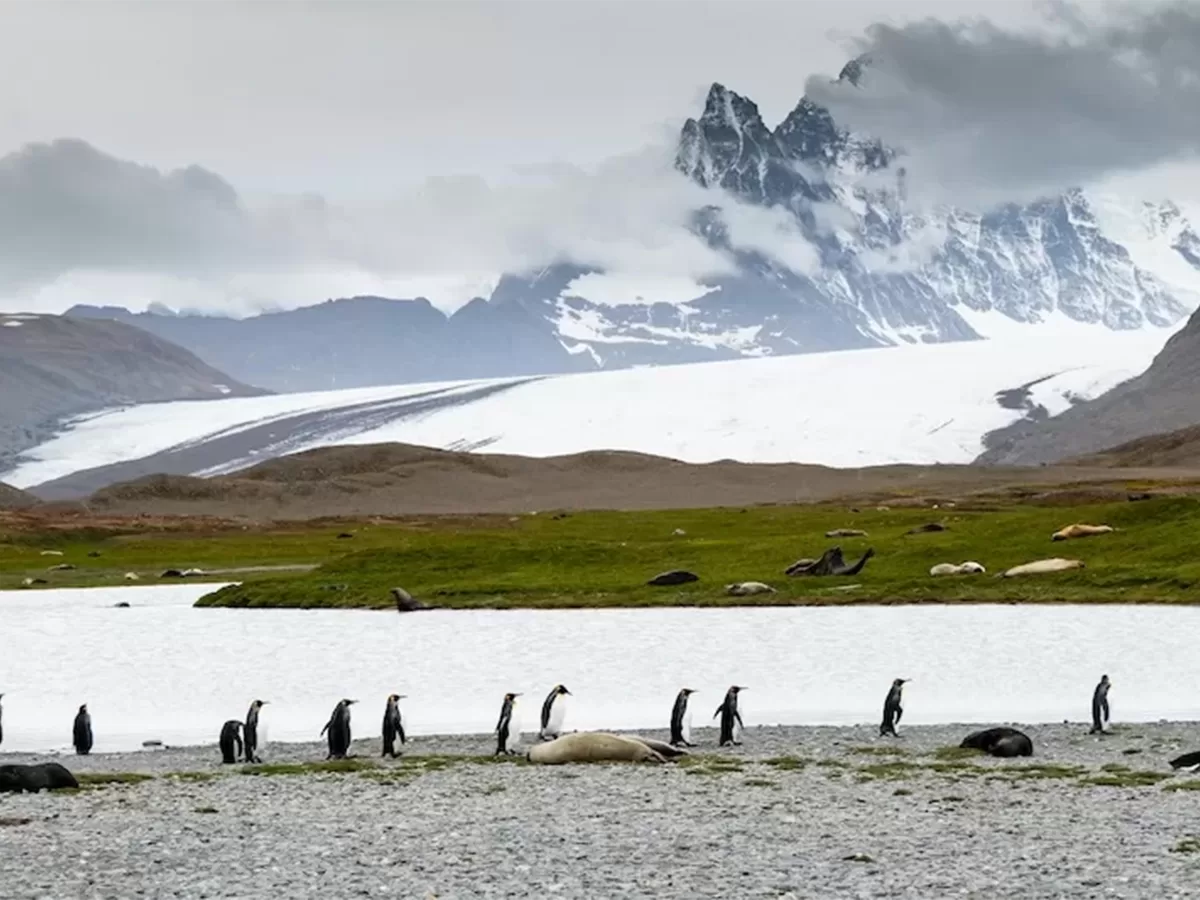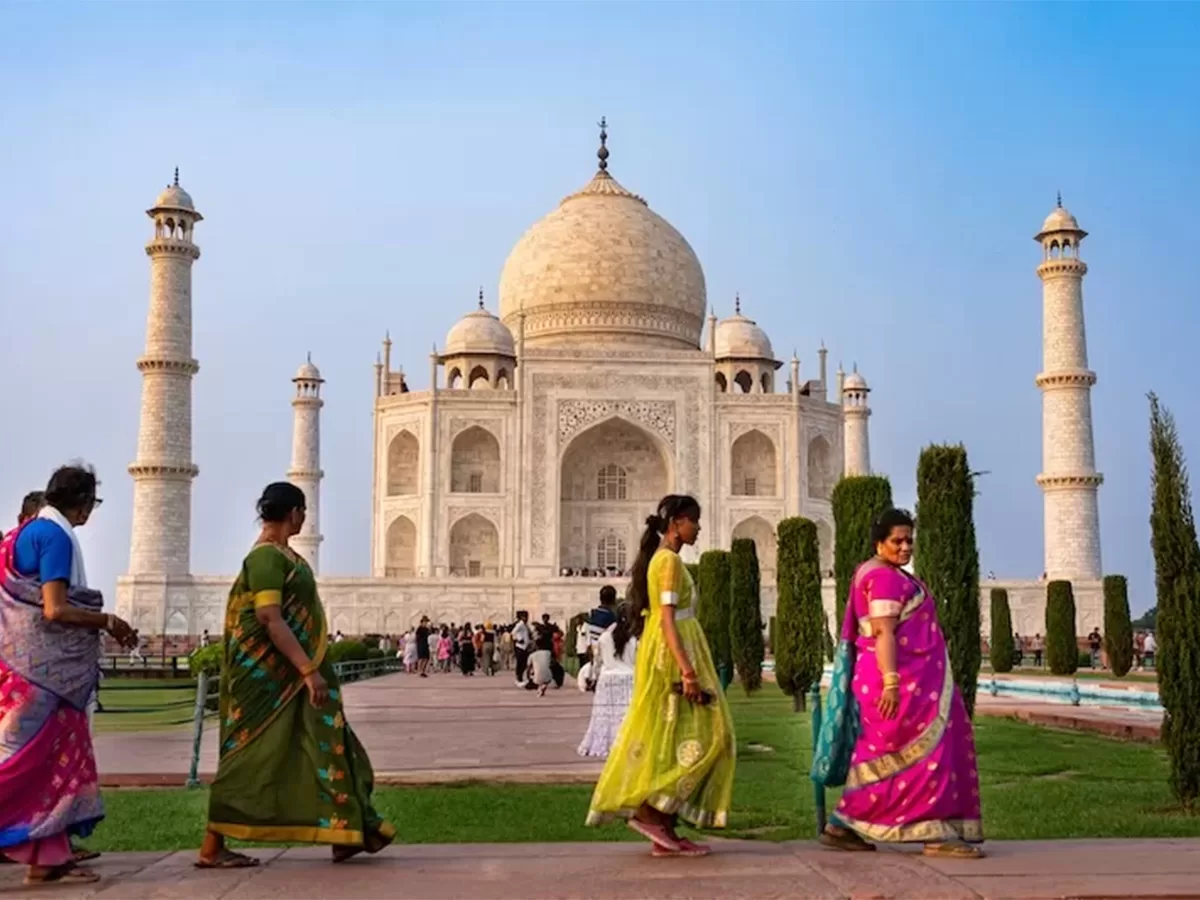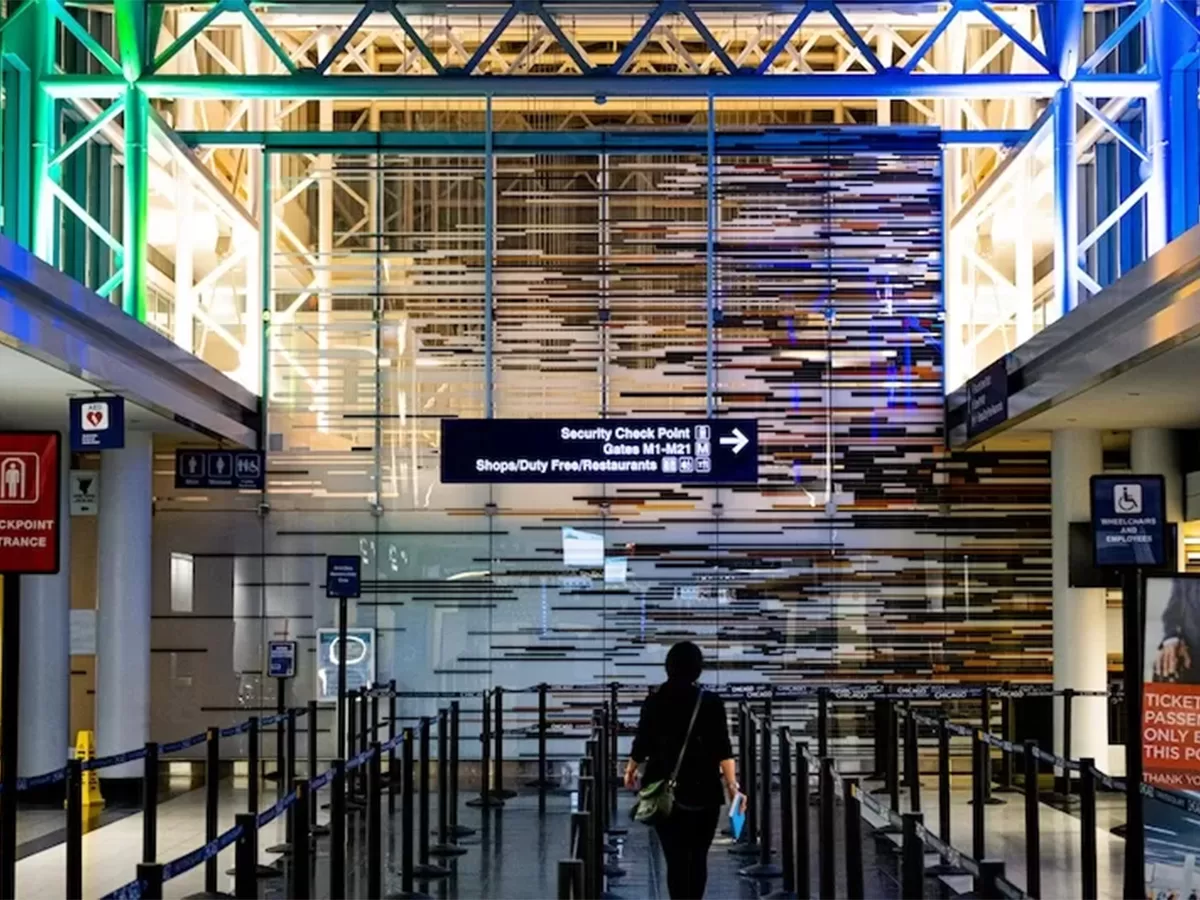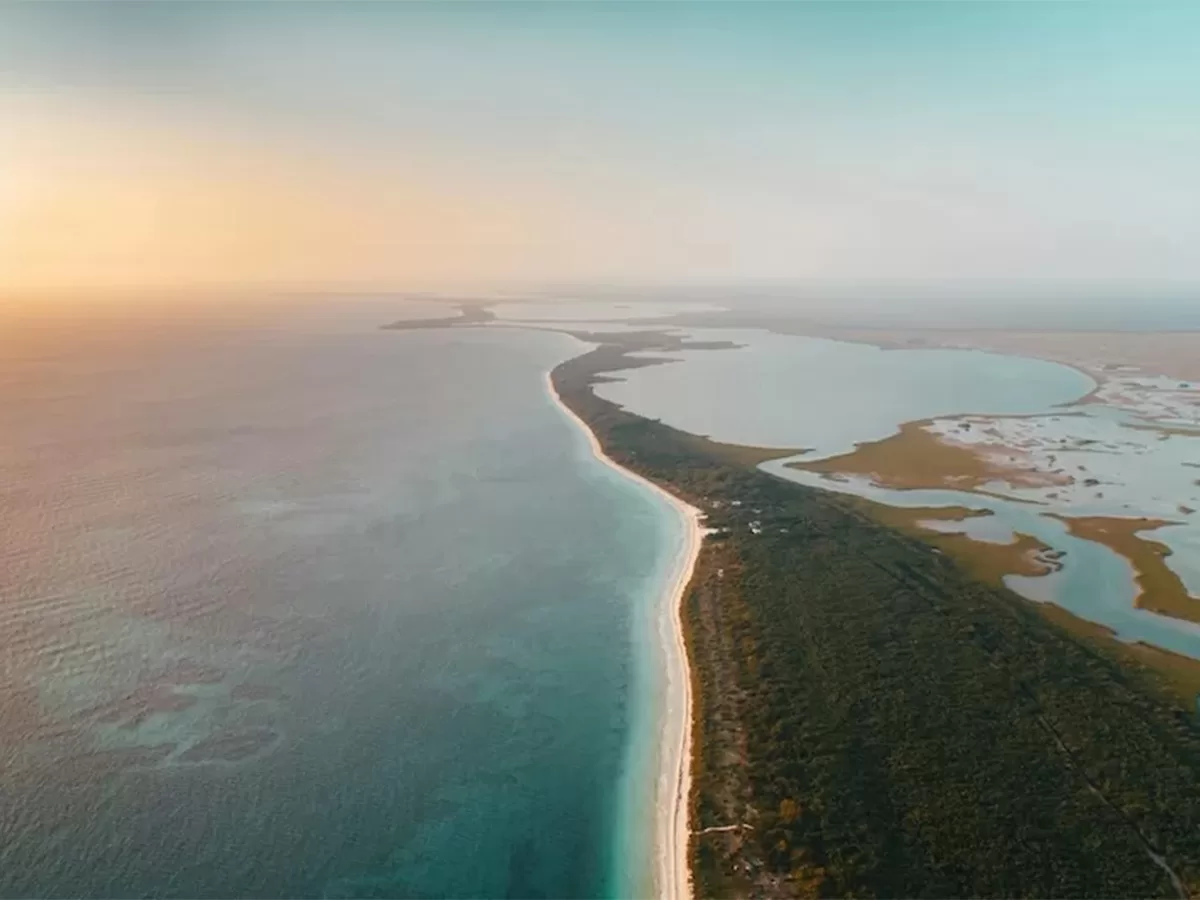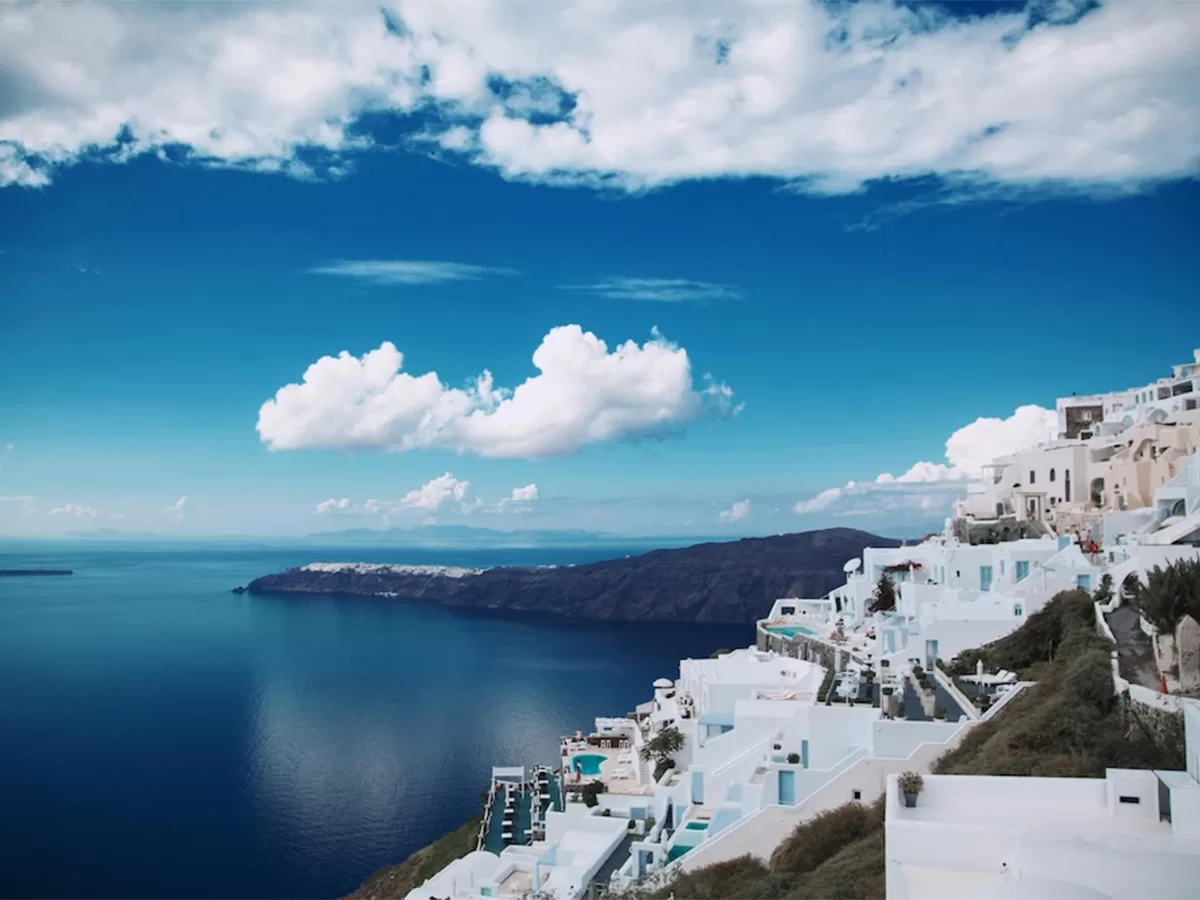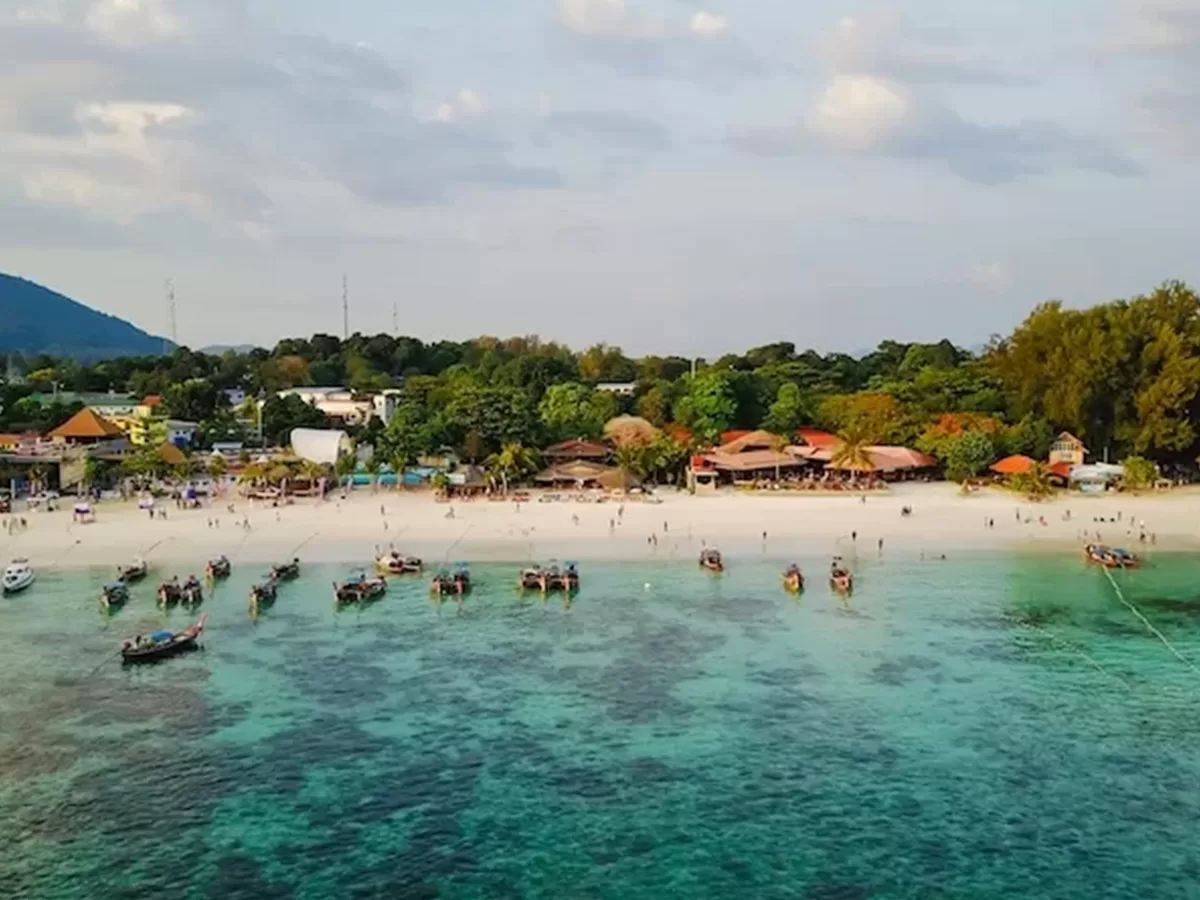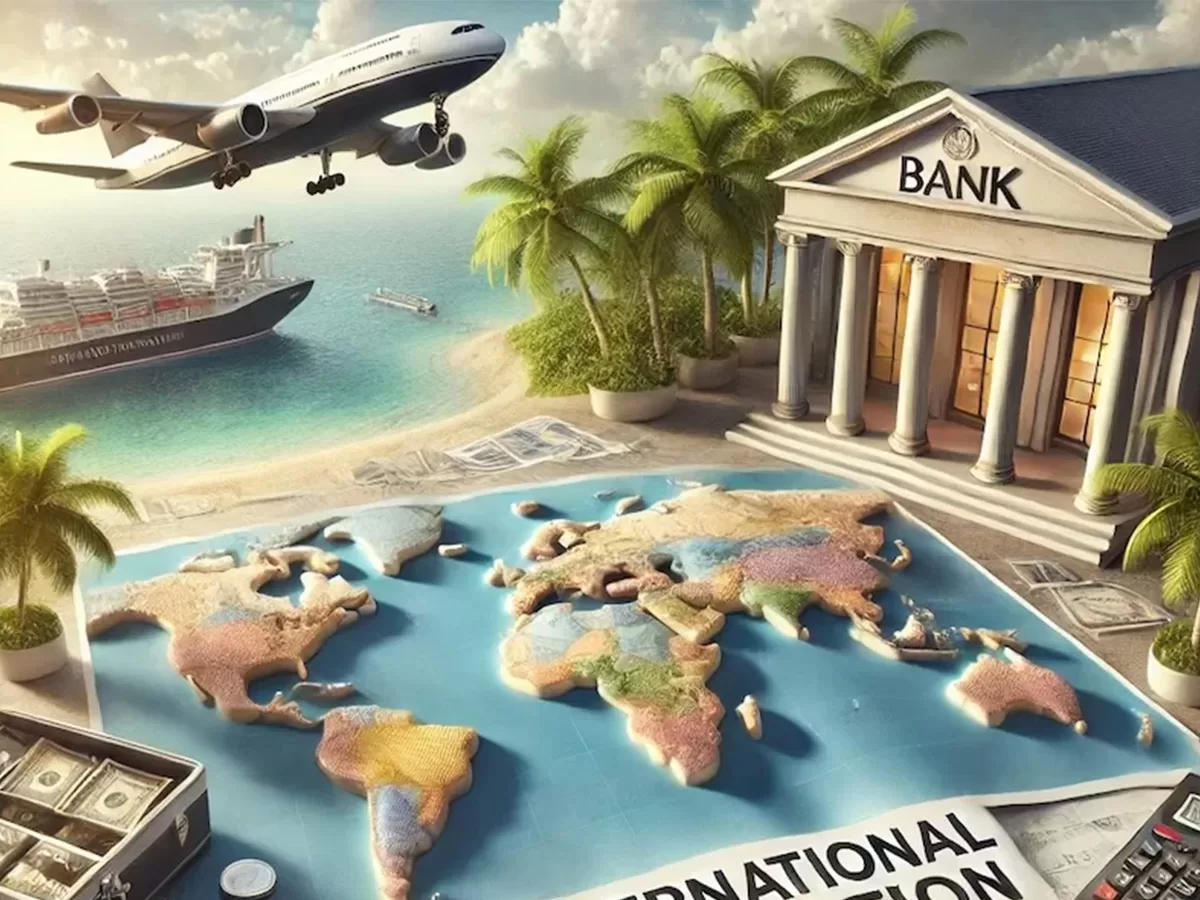Costa Rica is a true vacation paradise and has something for everyone. Whether you want to soak up the sun on a sandy beach, fly through the rainforest on a high speed canopy tour, swim in the refreshing pool beneath a waterfall, see a volcano, or catch a great wave, you’re sure to find your perfect vacation destination in Costa Rica.
Since tourism is one of the leading industries in Costa Rica, many tourist companies and airlines are keen to get you in the air and to your destination, no matter what price. Many airlines offer great discount prices on airfare for Costa Rica. A quick google search will reveal a myriad of plane ticket discounts for Costa Rica, but keep in mind—you get what you pay for. A dirt cheap airline will most likely provide dirt cheap service, for both you and your luggage. Keep that in mind when searching for your perfect discount airfare to Costa Rica.
Choosing an Airport
It’s also important to know which airport in Costa Rica you’ll be flying into. There are only four airports in Costa Rica that receive international flights. Do some research on which airlines offer flights to Costa Rica, and which airports are closest to your destination. The Juan Santa Maria Airport in San Jose is centrally located within the country, and you can travel from there to almost any destination with relative ease. If you are going to be spending your vacation in the province of Guanacaste, Costa Rica, then flying into the Liberia International Airport, instead of the airport in San Jose, will save you a 3 or 4 hour drive. It’s important to do your homework and know which airport will work best for you.
Where Are You Staying?
Choosing a hotel, vacation rental, or all-inclusive resort in Costa Rica is also a hugely important decision to make. Where is the hotel located and what kind of transportation will you need in order to get there? Car rentals in Costa Rica can occasionally be difficult to acquire unless you’ve purchased a package deal that includes your discount airfare to Costa Rica. Your hotel might not offer or supply rental cars, so you may need to do some serious research to decide what car rental company will suit you best.
Hotel packages are another thing to be considered. If the hotel is part of a package deal, it may not be the classiest hotel you could stay in. For this, it’s best to consult a travel agent or friends who have already visited that area of Costa Rica to find out which hotels in that area are best.
Also make sure that wherever you stay offers concierge services that provide you with information about the area, as well as book a variety of adventure tours for you. A good hotel can book you nature hikes, zip line tours, white water rafting tours, surf lessons, and much more!
With a lot of research and prudent decisions, your trip to Costa Rica can be a magical experience. Just make sure that your discount airfare to Costa Rica was worth it and didn’t create a hassle for the price you paid. Ultimately it’s up to you and your travel agent to do the research and plan the perfect Costa Rica vacation for you.
Click here to contact us for any help you need in getting your Costa Rica vacations travel arranged and booked.
